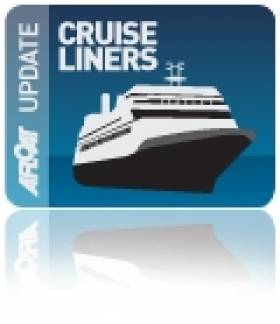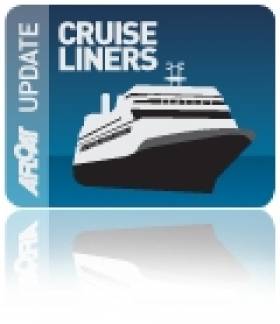Displaying items by tag: Aida Cruises
Colourful Cruiseship Calls to Dublin & Liverpool
#AIDAcruises - AIDAcara (1996/38,000grt) with her bold livery of colourful facial features splashed over the hull, is more easily recognisable to cruise-goers and enthusiasts alike as a fleet member of AIDA Cruises, writes Jehan Ashmore.
The Rostock based operator's 196m long vessel departed Dublin Port last night and is currently spending a port of call in Liverpool today.
Finnish-built AIDAcara is one of 9 ships of Aida Cruises fleet which began operations in 1994. The company employ almost 7,000 staff from 25 nations and where 6,000 work onboard and 900 are shored-based personnel.
In 2012, the company's ships in total carried more than 632,000 passengers.
The majority of the fleet (see the list) are of the 'Diva' class series which number seven vessels. Newbuilds have been ordered and by 2016 the fleet is to increase to 12 vessels.
Big Lips Kiss Dublin Bay
She was launched last year from the Meyer Werft shipyard. The 252 m vessel is operated by German operator Aida Cruises and the lips symbol is also the logo used by the company which operates a fleet of seven vessels.
Should you wish to take a closer look of Aidablu, she departs this evening at 21.00hrs and she will head out of Dublin Bay via the North Burford buoy off the Baily Lighthouse bound for Liverpool. The cruise started from Dover and after her visit to Merseyside tommorrow, she will then proceed to Greenock, followed by Invergorden before ending the cruise in Hamburg.

























































